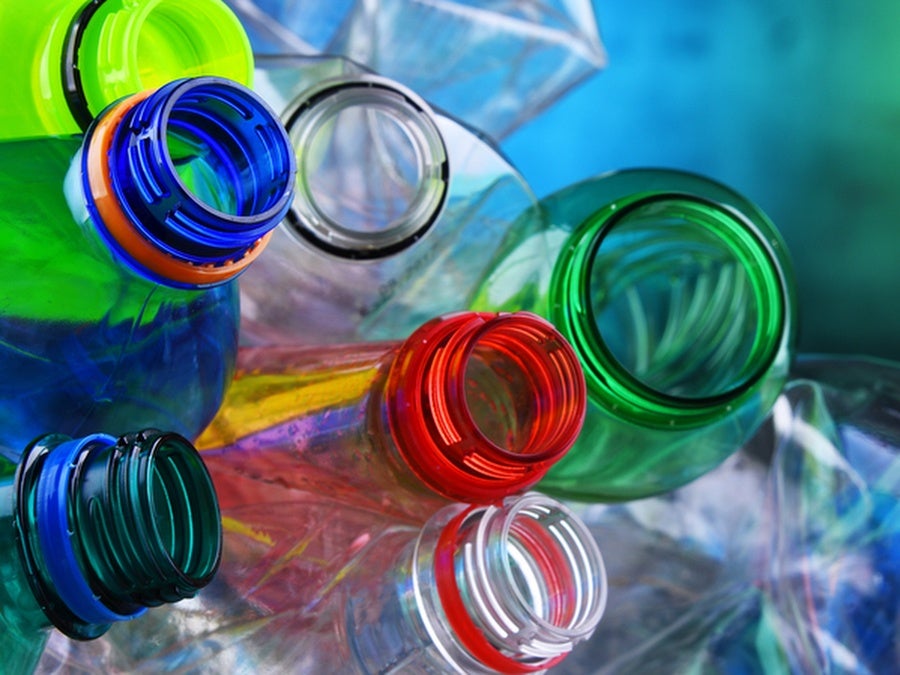
Hormone-disrupting chemical Bisphenol A (BPA), used in beverage packaging, could be present in almost all Europeans’ bodies posing a health risk to millions, an EU report claims.
BPA, which is used items like reusable water bottles, plastic and metal food containers and drinking water pipes, is “well above acceptable health safety levels”, according to a report by the European Environment Agency (EEA) released today (14 September).
An EEA briefing following an EU human biomonitoring research project said it found between 71% and 100% of people taking part across 11 EU countries were likely exposed to “above safe health thresholds” of BPA.
Leena Ylä-Mononen, EEA executive director, said: “Bisphenol A poses a much more widespread risk to our health, than previously thought. We must take the results of this research seriously and take more action at EU level to limit the exposure to chemicals that pose a risk to the health of Europeans.”
EU industry body FoodDrinkEurope said food and drink manufacturers would “fully comply with any new regulations” but called for measures to be “proportionate” and realistic.
A spokesperson said: “Our request is for regulatory measures, including transitional periods, to be fair, realistic, proportionate and based on the full body of evidence. We do not want to see any over regulation that could lead to unnecessary waste of packaging or food.
“We look forward to a constructive dialogue with the European Commission and relevant sectors of the value chain to identify the best way to implement these important changes within the industry.”
As well as being used as a primary packaging material, BPA is also used to produce epoxy resins found in protective coatings and linings for food and beverage cans and vats.
The chemical can migrate in “very small amounts” to food and beverages in the containers and EFSA research showed exposure may affect the immune system, hormones, metabolism, fertility and glucose regulation. In 2018 the EU banned the use of BPA in food and beverage packaging aimed at infants and children under three years old, and in polycarbonate infant feeding bottles since 2011.
In June, the EU Commission announced an initiative to ban BPA in all ‘food contact materials’, including plastic and coated packaging.
It followed a report in April from the European Food And Safety Authority (EFSA) which re-evaluated the public-health risks of BPA’s presence in foodstuffs.
The EFSA significantly reduced its 2015 recommended ‘tolerable daily intake’ from 4 micrograms per kilogram of body weight per day to 0.2 nanograms a day. In 2021, it suggested it might reduce this to 0.04 nanograms.
EFSA estimated consumers with average and high exposure to BPA exceeded the new daily intake limit through dietary exposure.
In 2014, US government body the Food and Drug Administration (FDA) estimated daily intake (or exposure) to be 500 nanograms per kilogram of body weight a day for people age 2 and older – 2,500 times greater than the new recommended limit.
